Researchers successfully rear slipper lobster larvae to juveniles, marking a key step forward in slipper lobster farming in the Philippines
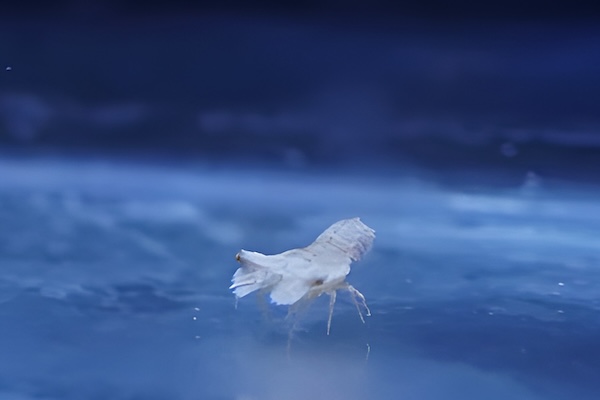
The juveniles were the first produced by SEAFDEC/AQD, hatched last September from an egg-bearing lobster collected in Carles, Iloilo.
“Slipper lobster juveniles are the final product of a hatchery. Once we master producing more of them, we can move on to the mass production of slipper lobster in nurseries and grow-out farms,” said Dan Baliao, chief of SEAFDEC/AQD.
The slipper lobster underwent four phyllosomal larval stages and a nisto stage before molting into juveniles after 42 days, measuring 0.6 centimeters in width and 1.6 centimeters in length. The initial hatching of slipper lobster eggs at SEAFDEC/AQD was part of a Japan-funded project aimed at developing a new aquaculture industry in the Philippines.
Locally known as “pitik-pitik” and scientifically as Thenus orientalis, slipper lobsters are priced between P500 and P700 per kilogram (U.S. $8 to $12 per kg), offering a more affordable alternative to the spiny lobster, which can cost over P1,500 (U.S. $26).
Now that you've reached the end of the article ...
… please consider supporting GSA’s mission to advance responsible seafood practices through education, advocacy and third-party assurances. The Advocate aims to document the evolution of responsible seafood practices and share the expansive knowledge of our vast network of contributors.
By becoming a Global Seafood Alliance member, you’re ensuring that all of the pre-competitive work we do through member benefits, resources and events can continue. Individual membership costs just $50 a year.
Not a GSA member? Join us.
Author
-
Responsible Seafood Advocate
[103,114,111,46,100,111,111,102,97,101,115,108,97,98,111,108,103,64,114,111,116,105,100,101]
Tagged With
Related Posts
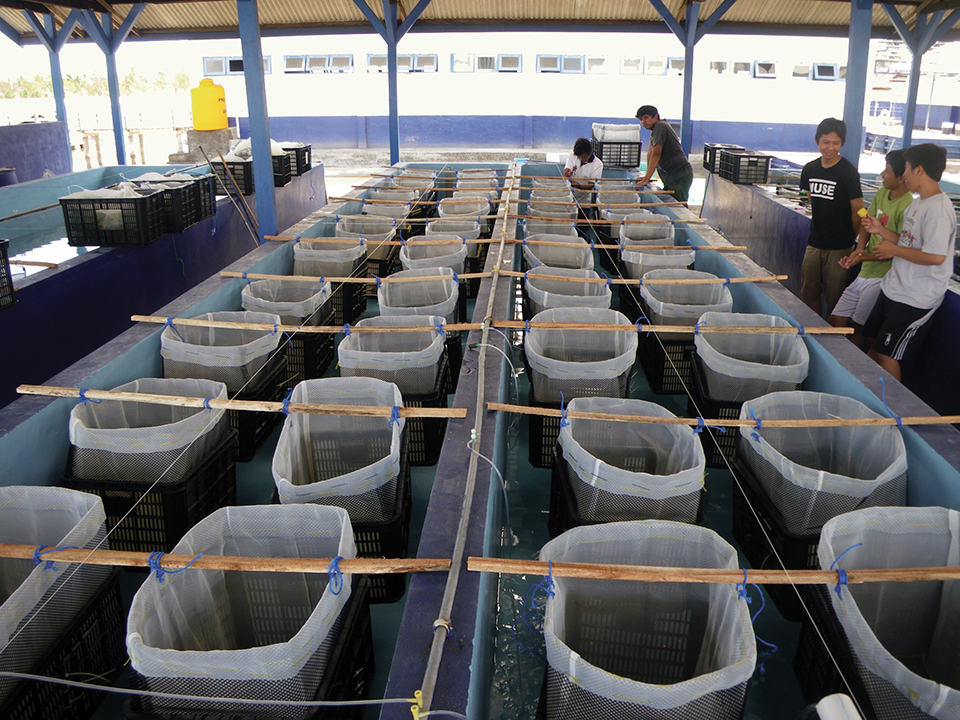
Health & Welfare
Lobster farming in Indonesia
A multinational project in Lombok, Indonesia, is focused on the identification and monitoring of improved seed collection and grow-out production methods for spiny lobsters.
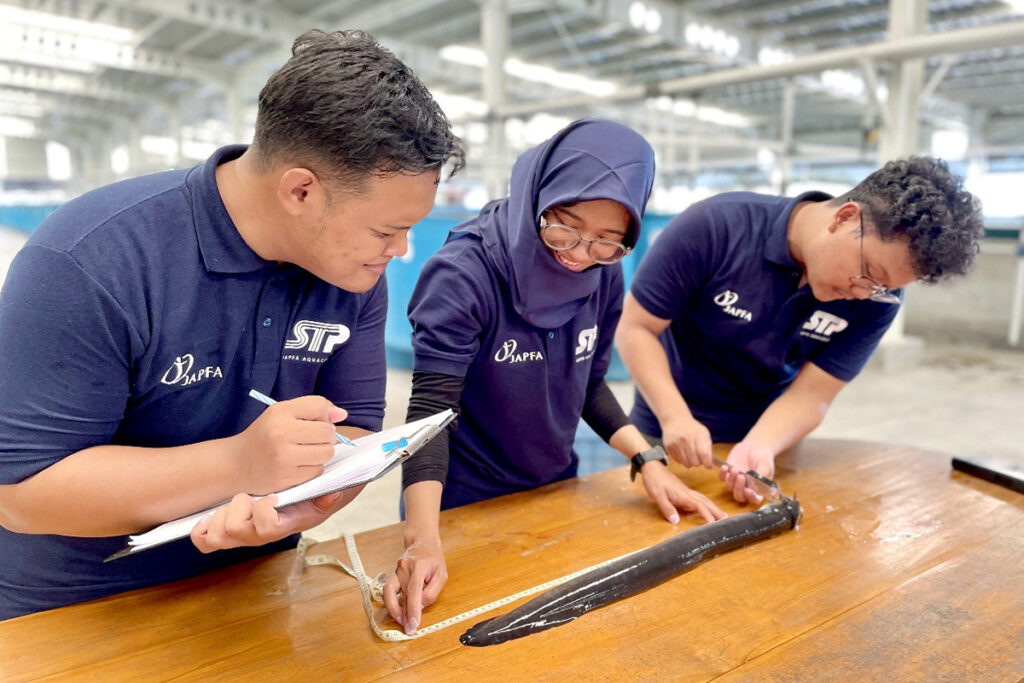
Intelligence
Singapore company achieves a breakthrough in tropical eel farming by closing the lifecycle
JAPFA Group has achieved captive breeding for tropical eels (Anguilla bicolor), reducing reliance on wild populations and supporting conservation efforts.
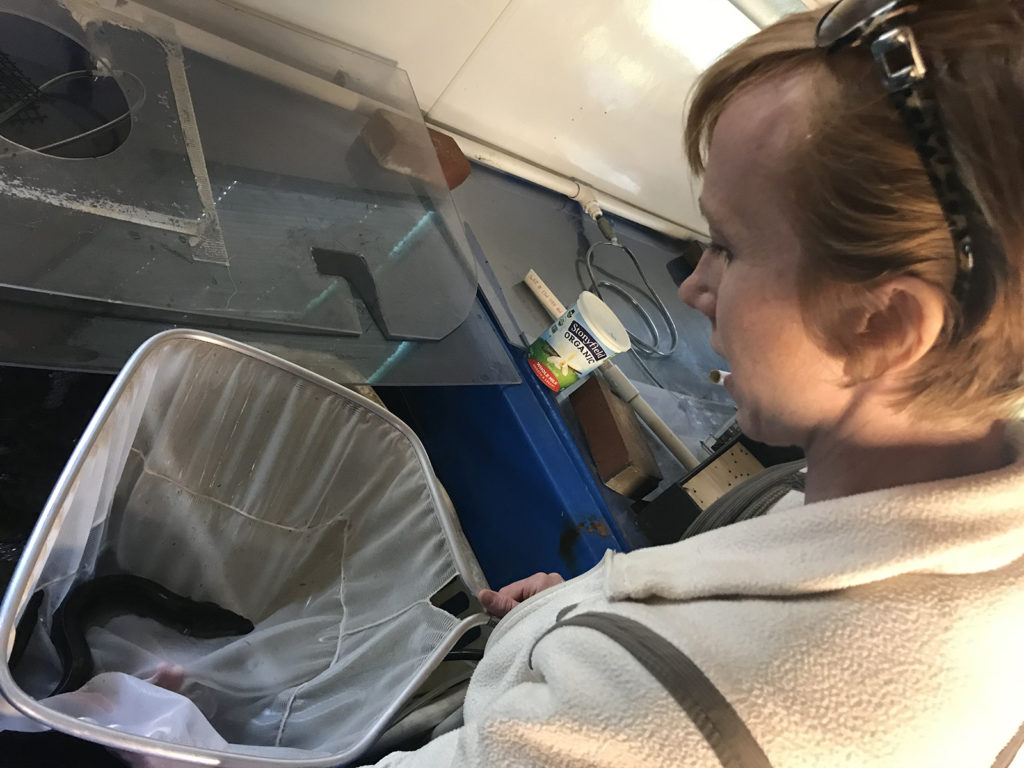
Innovation & Investment
American Unagi brings eel farming back ‘home’
Sara Rademaker launched American Unagi to shift eel farming to American soil, where the eels are from. Why? Because of the novelty, and because she saw an opportunity to do things better.
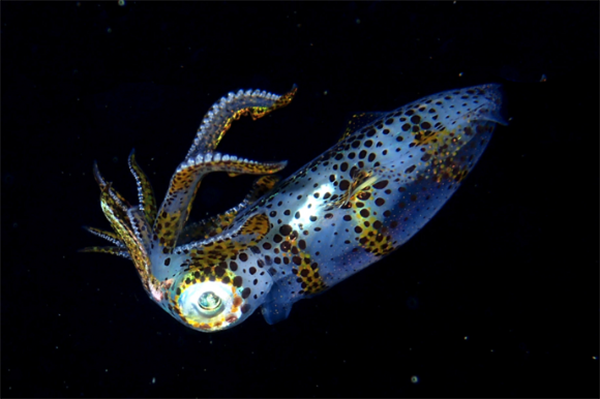
Innovation & Investment
Could squid aquaculture fill the gap from declining cephalopod stocks in Japan?
With declining squid populations, researchers in Japan have developed the first aquaculture system with potential for commercialization.



